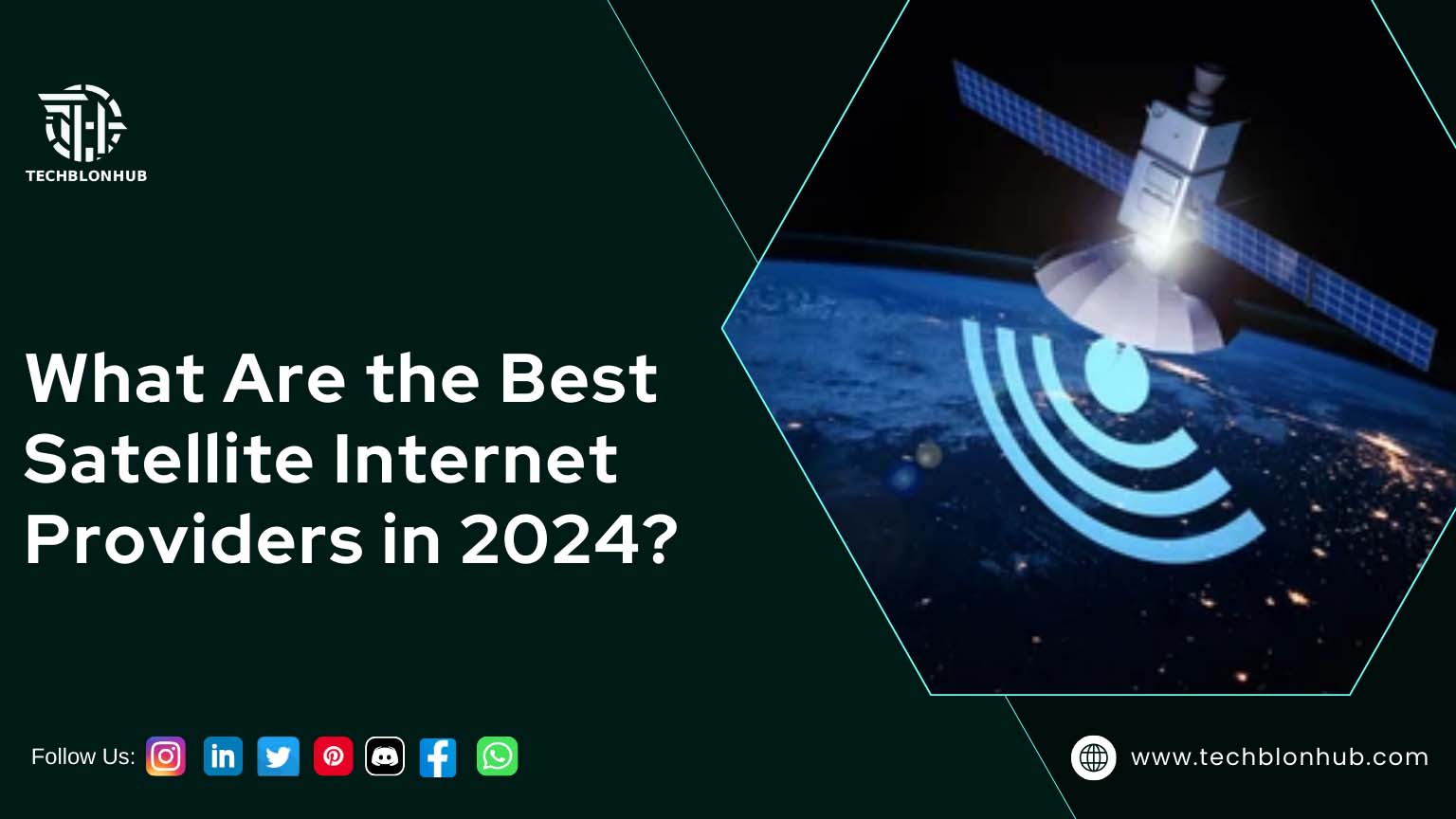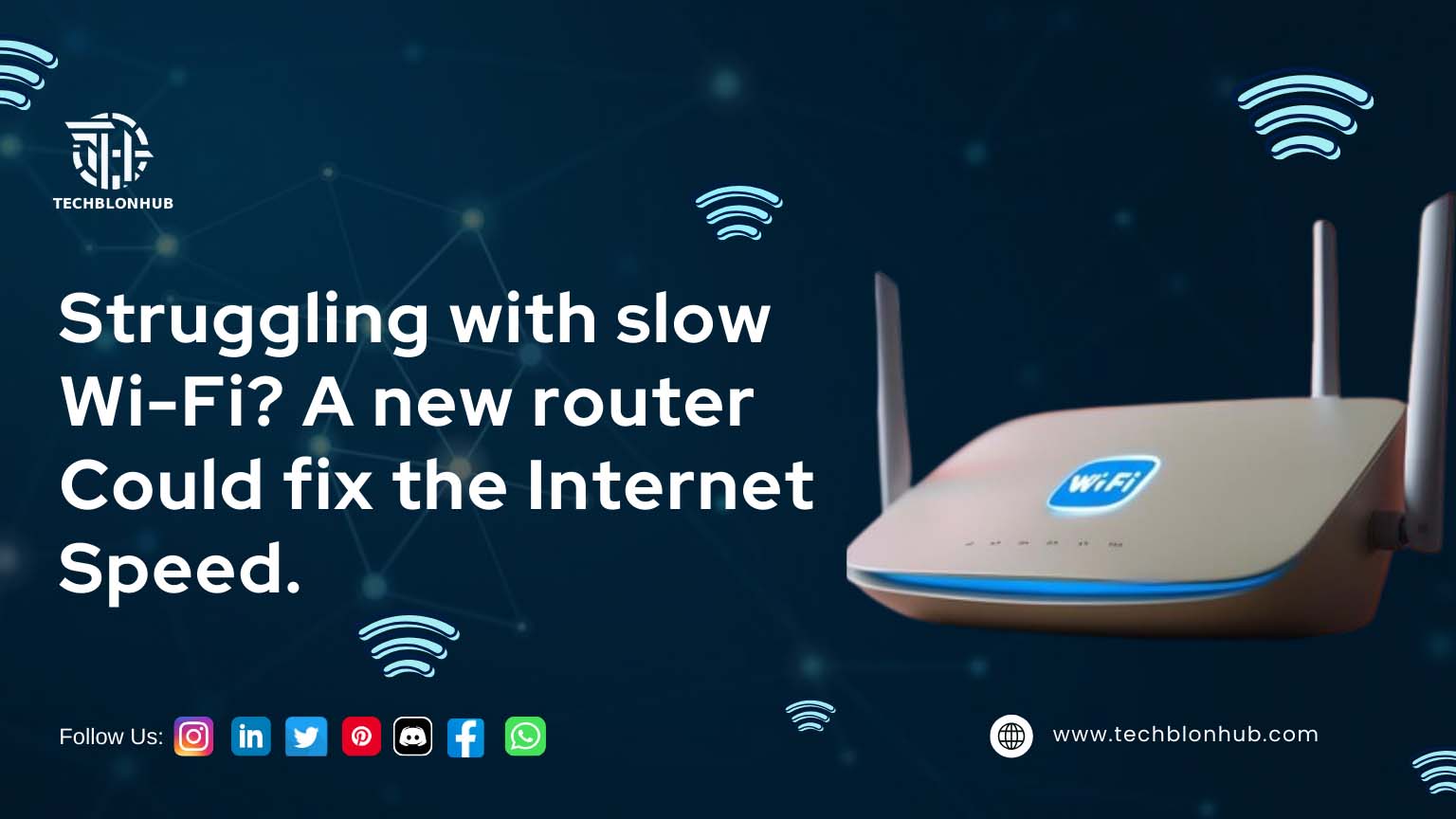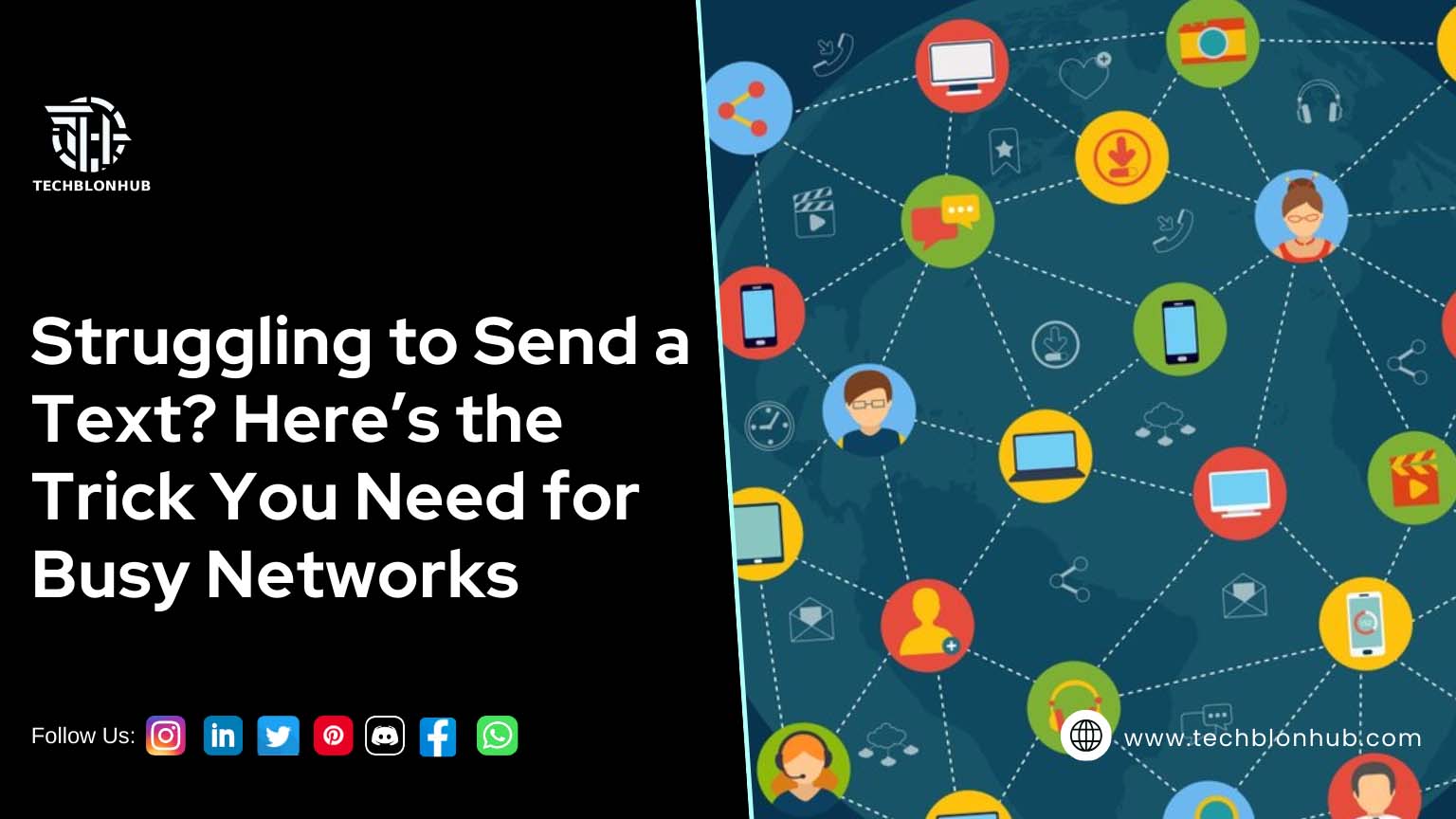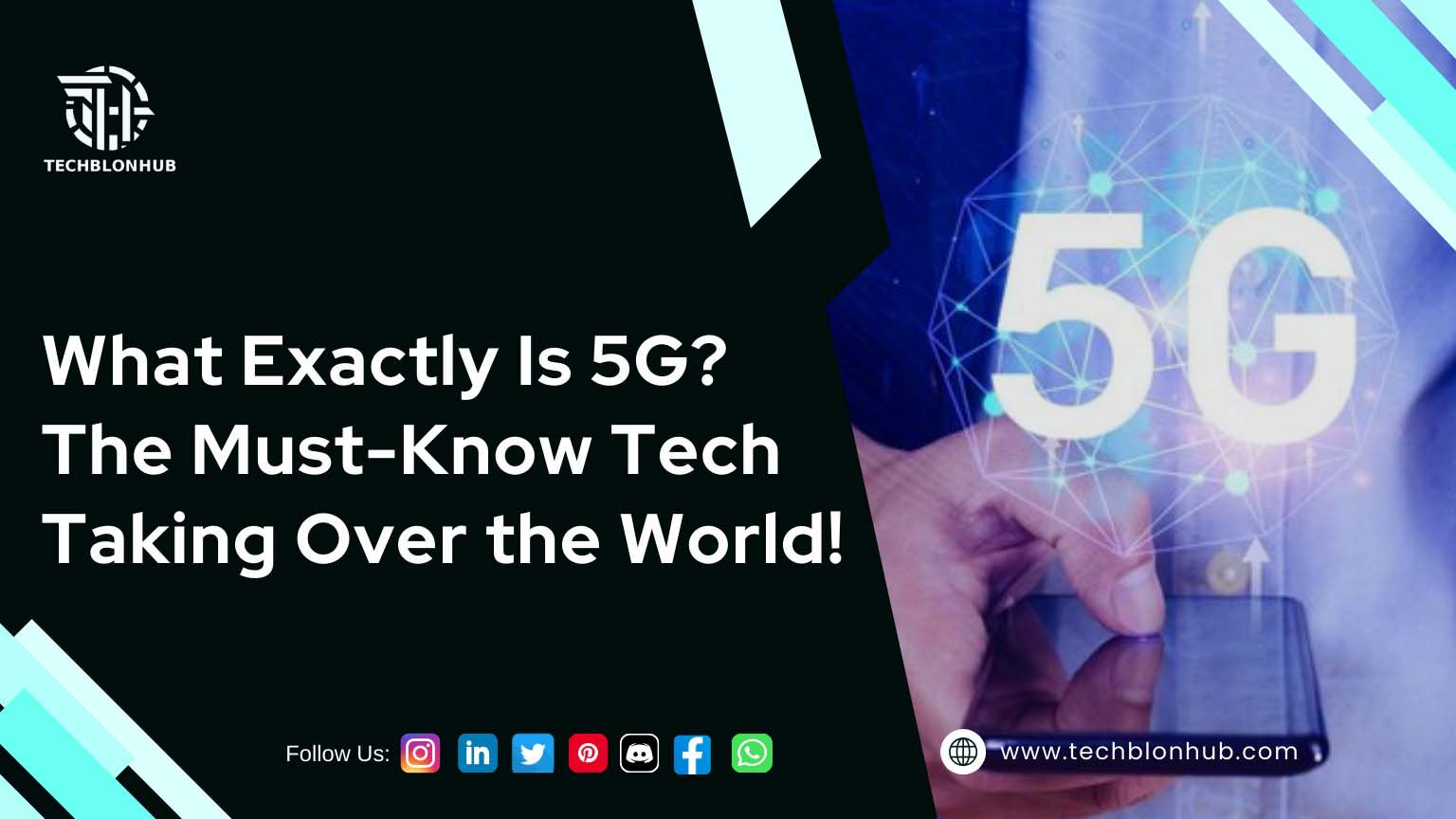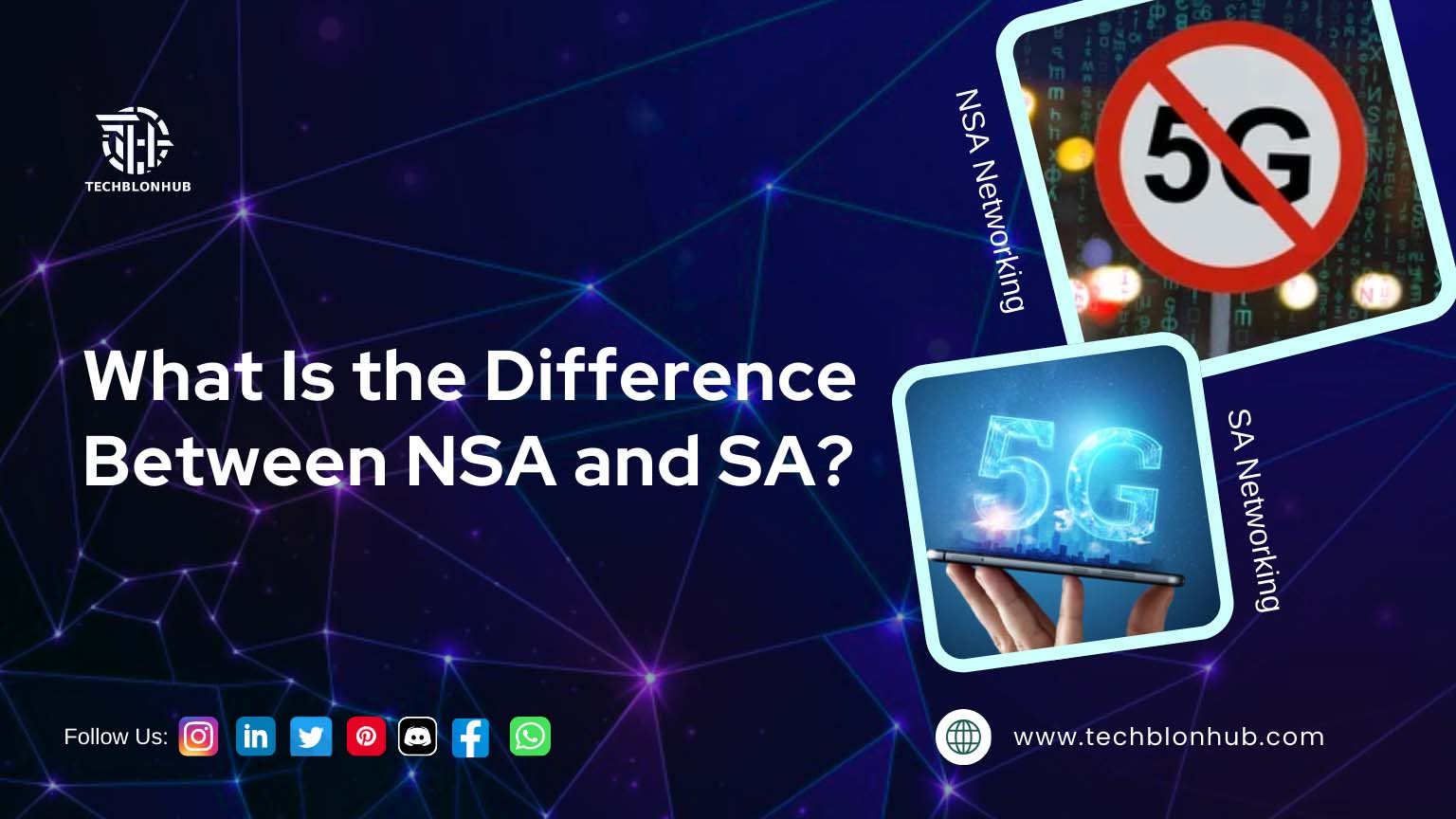Copper cables were all that business owners had for networking. Fiber Optical Network They used copper cables in the network without a second thought and were happy with the performance. The main reason was they didn’t have any other option.
The time they were changed along with the network infrastructure. Today, Fiber optical cables have taken the lead in networking and overpowered copper cables. Fiber optical cables in the network now take care of slow internet speeds, high latency, and other causes of losses in business productivity and efficiency. Not only this but there are other benefits as well of the fiber optic network.
The Fiber optic network is ruling the world with its advantages but many business owners are still doubtful and use the same old copper cables. We don’t say there is anything wrong with it. But, with the increasing requirements and demands of people, it’s good to switch as soon as possible. The result will be beyond expectation and you will find lots of changes in your business.
In this post, we will discuss the reasons to opt for a fiber optic network and when and where it’s better than copper cables in the network.
Better/Unlimited Bandwidth
Originally designed for voice transmission, the copper cables have limited bandwidth. However, the fiber optical cables are designed for all types of data transmission, so the bandwidth is unlimited in the same diameter. If your business needs more and more data transmission, the fiber optical network is for you and your business.
With unlimited bandwidth, you can resolve the problem of increasing business data transfer needs, multicast video breaking down and CCTV images pixelating or shearing.
Read About: What is fiber optic cable used for?
Faster speed
Today’s society is fast-paced, where people want to upload videos, and files and make phone calls along with download content simultaneously. They don’t have time to conduct these 2-3 tasks at different times. In case the internet connection is slow, you can do these tasks together. There will be no disturbance and the work will not finish as expected.
This is not an issue with the fiber optical network. With unlimited bandwidth, you get faster speed, increasing your scope of work and improving your business performance. This becomes possible because fiber optic cables carry light to transmit data through a core.
Compared to copper cables, fiber optic cables are significantly faster, ranging from 5 Mbps to 100 Gbps. With the fast data connection, you and your employees will benefit from equal upload and download times.
Longer transmission distance
The transmission distance limitation of the copper cables is a maximum of 100 meters. Rest, it depends on the type of cable, the wavelength, and the network. If any of the factors aren’t favorable, the copper cables will not work as expected.
With fiber optic cable, you get higher bandwidths over greater transmission distances because it has a low power loss medium. It’s said that fiber optic cables can reach tens of kilometers. And you can see that it’s too large from the copper cables.
More flexibility and better reliability
We don’t think you would ever want to add cost to your business due to unreliable connectivity. But, it happens intentionally or unintentionally when you use copper cables in the network.
The fiber optic cables are thinner and lightweight. So, no matter what the temperature is, how severe the weather is, or what the level of the moisture is, the fiber optic cables don’t get damaged or break. These things hamper the connectivity of copper cables.
Other than this, fiber optic cables are not bothered by electromagnetic interference (EMI) that can interrupt data transmission because they don’t carry electric current. Most importantly, they don’t present a fire hazard like old or worn copper cables.
Talking about flexibility, fiber optic cables bend easily and resist the most corrosive elements. The elements can be anything. These corrosive elements poorly attach to the copper cables.
Eliminates latency issues
Often, users experience latency issues when downloading or uploading video or consuming high-definition content. This is very frustrating, especially when you urgently need the video or the content. This problem always exists with copper cables.
The fiber optic cables resolve or eliminate latency issues. So, no matter whether you are downloading or uploading video or consuming high-definition content, the output will be great. Your work will not get delayed.
With lower latency, you can include better voice quality for VoIP users, the ability to move more apps to the cloud, download and upload huge files without disruptions, and improve collaboration between employees.
Higher security
No matter what, a business needs security during transmission because many important files can cause serious issues if lost, exposed, or hacked. The life and reputation of a business depend on its data, just like an asset.
Data security with copper cables isn’t possible because they are unstable. Equipment should be installed within the distribution locations throughout a facility. The equipment is considered sensitive.
The fiber optical network ensures data security because it doesn’t radiate signals and is very difficult to tap without your knowledge. Even if you are not so attentive, nothing will happen to your data. Other than this, fiber optical cables provide higher physical security because all hardware and electronics are installed in one central location, unlike copper cables. With centralized control, the network is secure and better.
These are a few advantages of the fiber optical network. There are many more that you will experience after integrating it into your network infrastructure.
 TechBlonHub A new digital technology era.
TechBlonHub A new digital technology era.

